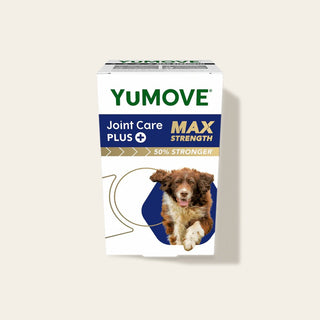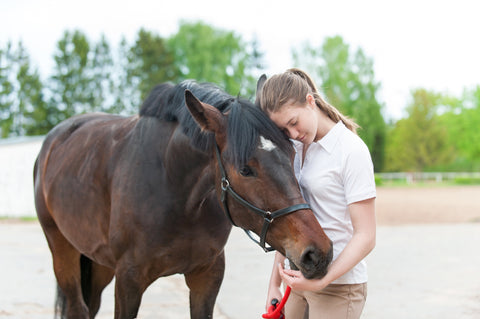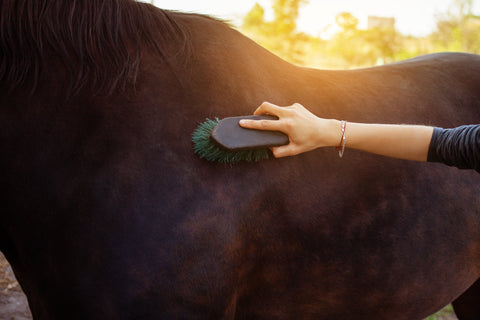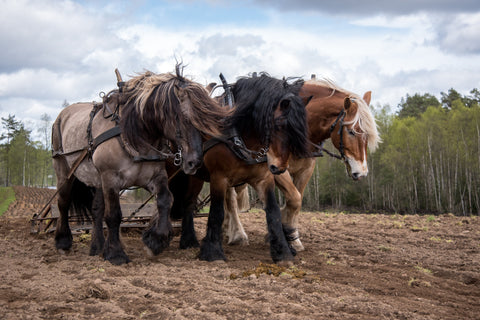
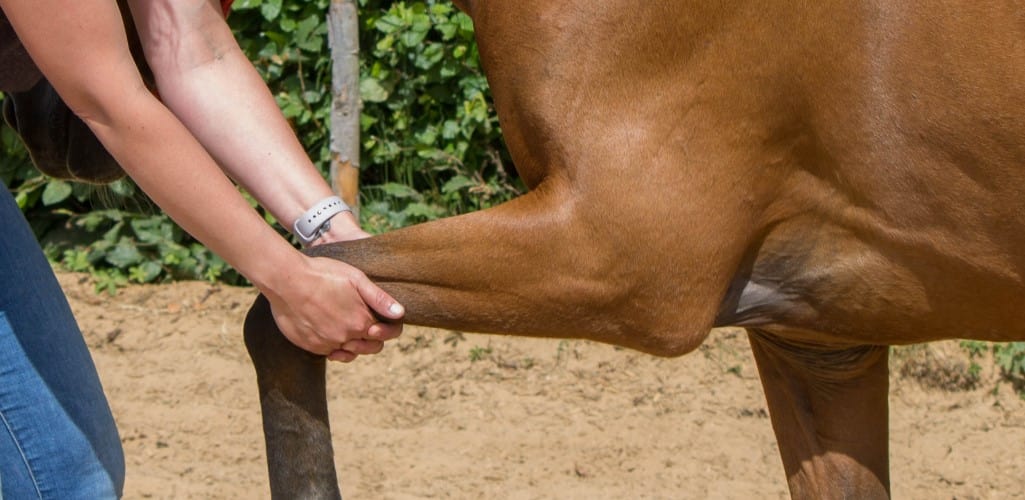
How to help a horse with stiff joints
Stiff joints and mobility issues come to us all as we age, and the same applies to our horses. Just as we find ourselves feeling stiff and achy, a horse can begin to show signs of lameness and reduced mobility due to a natural deterioration in their joints over time.
Understanding how to help a horse with stiff joints is therefore key to reducing unpleasant symptoms and maintaining a good level of mobility. Whether your horse competes, rides, or works, it’s important that you can enjoy a long and active life together. Let’s take a look at some of the ways we can help…
1. Understand the problem
Knowledge is power, and understanding how the joints work and why they become stiff in the first place is invaluable. Whether joint stiffness comes on gradually with age, or is caused by injury or overwork, it all comes down to inflammation. Left untreated, this inflammation can lead to a breakdown in the joint’s cartilage – an essential component that enables the bones to glide over one another. Without healthy cartilage, the bones and soft tissues around it suffer, so it’s vital to step in as early as possible.
2. Watch out for the signs
A horse experiencing joint stiffness may show some of these tell-tale signs:
- Swollen or hot joints
- Lameness
- Unwillingness to work or compete
- A reduced range of motion
- A drop in performance
- A shorter stride
- Reluctance to lie down

3. Rule out other causes
If you spot any of these symptoms, get a full health check booked in to look for underlying causes before you begin considering treatments for joint stiffness. The symptoms of stiff joints are common in senior horses, yes, but there can also be other triggers – like injury or trauma. An equine vet can rule these out before advising you on the best course of action.
4. Maintain a healthy weight
Excess weight puts more pressure on your horse’s joints, so it’s crucial to keep an eye on those scales. On the flip side, underweight horses are at risk of joint problems, too, and undernourishment will leave them weak and prone to injury. Ensuring your horse gets a balanced diet and plenty of exercise is key, so let’s look more closely at those two areas.
5. Supplement their diet
Omega-3 fatty acids are natural anti-inflammatories, so it’s a good idea to incorporate them into your horse’s diet, along with plenty of fibrous hay and grass. It’s also worth keeping an eye on your horse’s Vitamin E intake as this is a key driver of healthy muscles and nerves. A supplement like our YuMOVE Horse is a great way to ensure your horse is getting the nutrients they need – it incorporates Glucosamine HCl to promote healthy cartilage, as well as Hyaluronic Acid, and Vitamins C & E.
6. Don’t stop moving
Alongside a balanced diet, regular exercise is important for all horses – including, and especially, those with stiff joints. Keeping your horse moving will help to maintain a good range of motion, strengthen the muscles that support their joints, and boost circulation, but you will need to make adaptations depending on your horse’s condition. So, work with your vet to come up with a personalised exercise plan that will help – not hinder – your horse, and always start slowly with plenty of time for warming up and stretching.
7. Keep their feet trimmed

Last but by no means least, pay close attention to your horse’s hooves – these are, effectively, shock absorbers. Uneven hooves, or footing that’s too hard or soft, can lead to extra wear and tear on the joints and even injury. So, pick out any gravel daily, have their feet trimmed regularly, and carefully consider shoe weight and type.
Want to help your horse even more? Read our guide to horse joints and how they function
